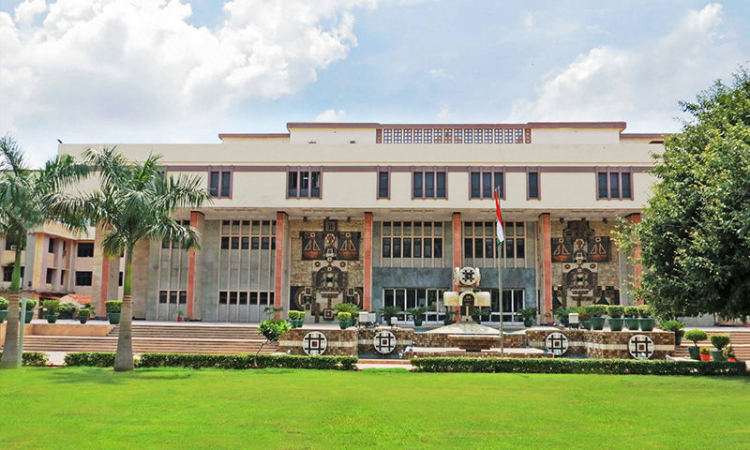The Delhi High Court has quashed the initiation of assessment proceedings under Section 153C of the Income Tax Act, which was falling beyond the maximum 10-year block period.The bench of Justice Yashwant Varma and Justice Purushaindra Kumar Kaurav has allowed the writ petitions placed in Lists I and II and pertaining to AYs' 2010-11, 2011-12, 2012-13, and 2013-14, all of which fall beyond...

